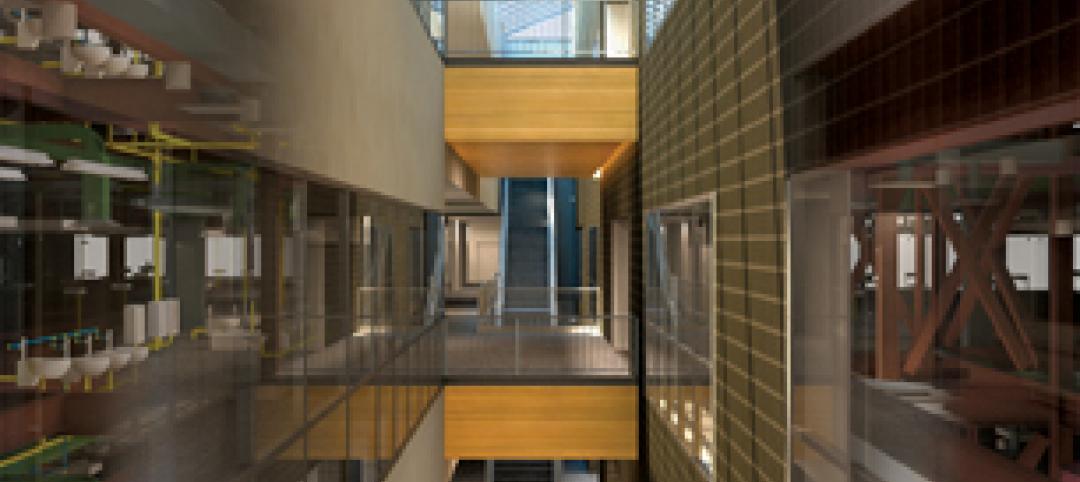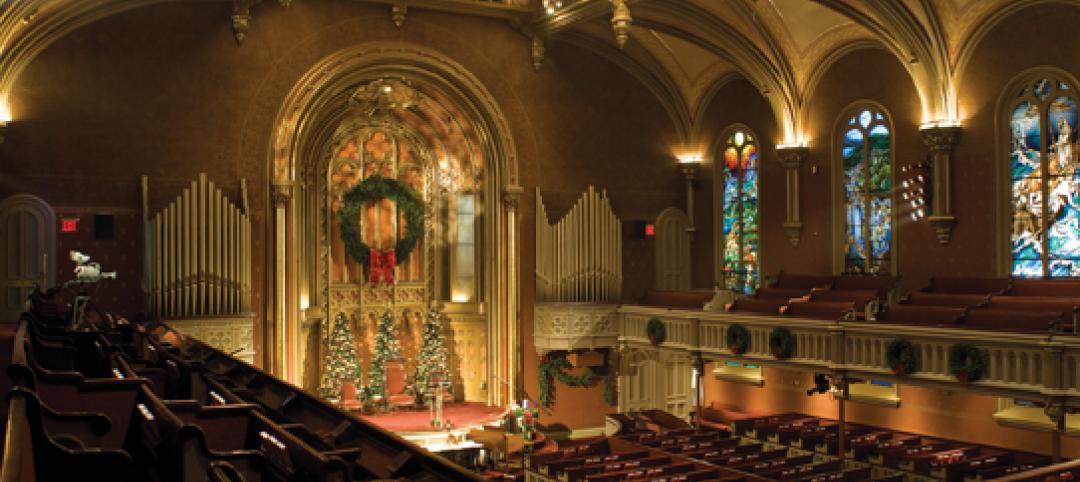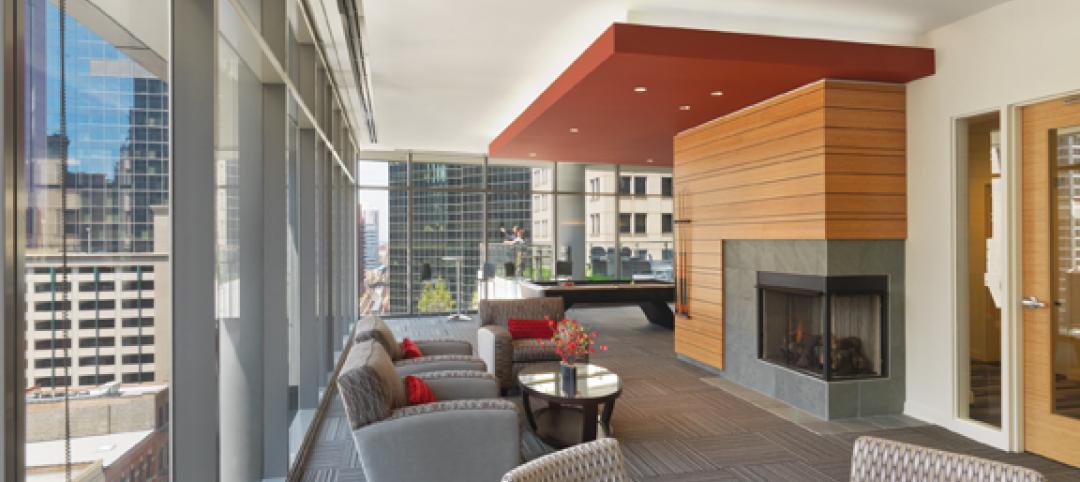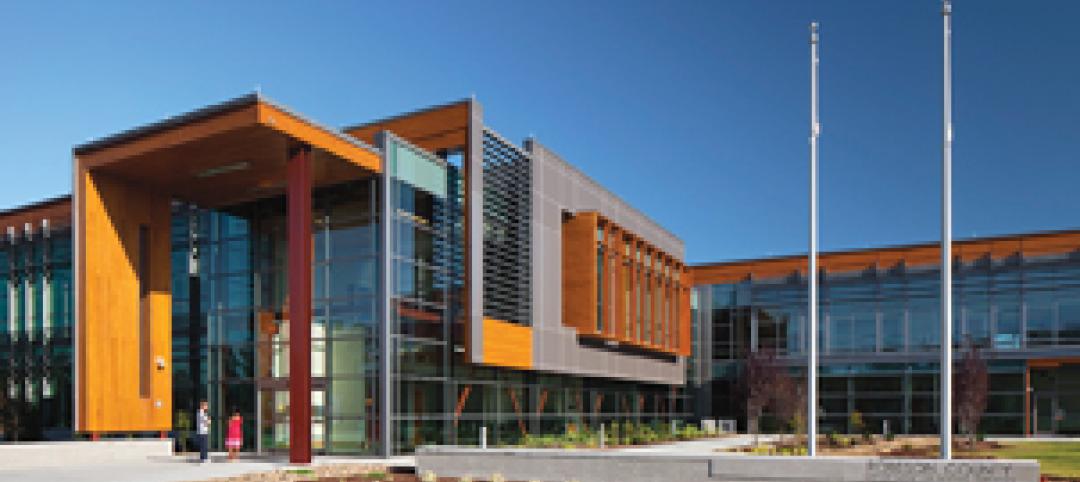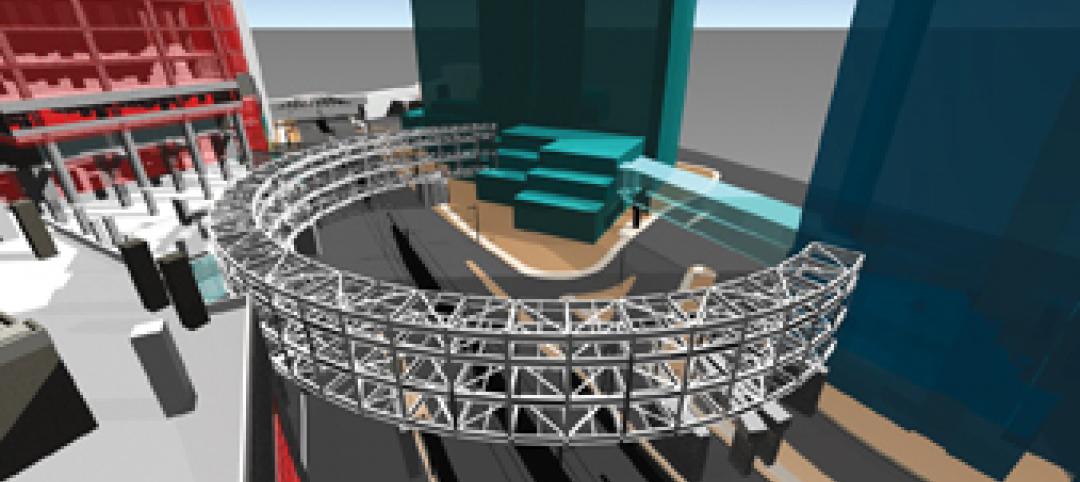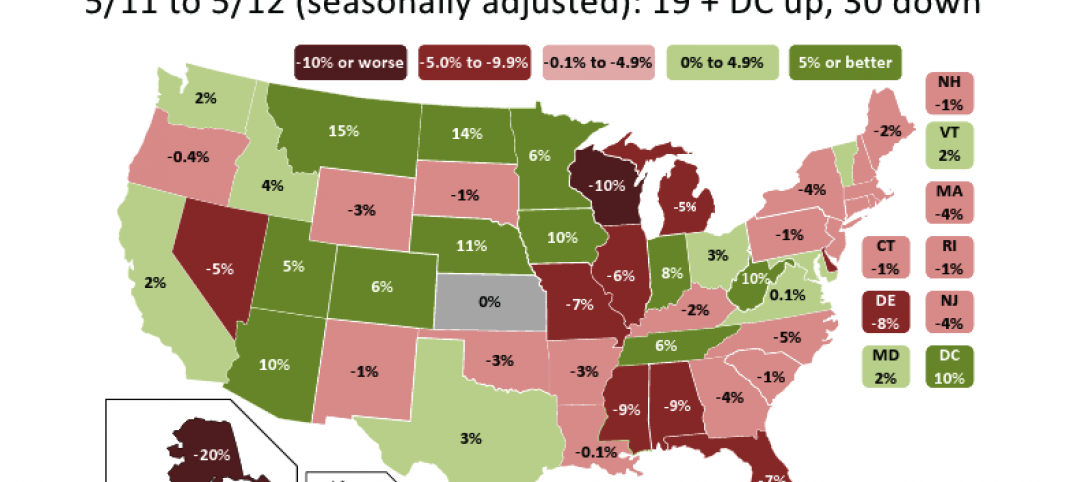Are architecture firms finally pulling out of the doldrums? The answer is a tentative yes, according to AIA Chief Economist Kermit Baker, PhD, Hon. AIA.
Baker points to the AIA’s Architecture Billings Index, a leading economic indicator of construction activity that reflects the approximate nine- to 12-month lag time between architecture billings and construction spending. The ABI experienced its first drop in nine months last April (to 48.6), but bounced back in May to 52.9 (any score above 50 indicates an increase in billings). The new projects inquiry index was 59.1, up slightly from the reading of 58.5 in April.
“This rebound is a good sign for the design and construction industry and hopefully means that April’s negative dip was a blip rather than a sign of challenging times to come,” says Baker. “But there is a resounding sense of uncertainty in the marketplace—from clients to investors and an overall lack of confidence in the general economy—that is continuing to act as a governor on the business development engine for architecture firms.”
On a regional basis, the Northeast (at 53.7), West (52.1), and South (50.9) were still positive, while the Midwest lagged, at 47.5. Multifamily residential remains strong, at 52.8, as do institutional (52.2) and mixed practice (51.0), but the commercial/industrial sector is still hurting, at 47.5.
TOP ARCHITECTURE FIRMS
2012 Total Revenue ($)
1 Gensler $807,143,550
2 Perkins+Will $360,300,000
3 NBBJ $187,017,000
4 Kohn Pedersen Fox Associates $153,821,100
5 Perkins Eastman $145,000,000
6 Callison $134,112,565
7 ZGF Architects $107,412,274
8 Corgan $85,377,040
9 Populous $84,000,000
10 HMC Architects $77,986,678
TOP ARCHITECTURE/ENGINEERING FIRMS
2012 Total Revenue ($)
1 Stantec $467,254,421
2 HOK $406,780,000
3 HDR Architecture $325,900,000
4 Skidmore, Owings & Merrill $281,686,000
5 IBI Group $252,552,343
6 HKS $240,300,000
7 RTKL Associates $202,823,000
8 Cannon Design $202,000,000
9 SmithGroupJJR $166,600,000
10 DLR Group $116,400,000
“All the roadblocks are easing a bit, but they’re still they’re,” says Baker. “Financing is still a big problem, and banks are still hesitant to make a real estate loan. They’re still gun-shy, so they’re setting the bar high for loan approvals.”
SEVERAL SECTORS STILL CLICKING
Looking more closely at specific sectors over the next three years, Baker sees vacancy rates for apartments increasing, from 5.0% today to 5.2% in 2015, and rental rates declining, from 3.8% now to 2.8% in a couple of years—in other words, somewhat negative fundamentals for the multifamily sector.
Similarly, revenue per available room at hotels is expected to drop from a high of 6.8% in 2012 and 5.5% currently, to 5.0% in 2014 and 2015. But occupancy rates should remain steady, in the 63% range.
Overall, Baker foresees positive fundamentals for several key sectors. The office market should witness declining vacancy rates, from 15.4% in 2012 to 13.6% in 2015, and improved rental rates increases, to 4.0% over the next two years, from 3.5% today. Ditto for retail and industrial/warehouse, where market fundamentals also look positive through 2015, in Baker’s analysis.
As for the healthcare sector, the AIA economist says that, in his opinion, the Affordable Care Act can only benefit construction of new facilities. “With 30 or 40 million more Americans coming on to the system, it’s hard to come up with a scenario that’s bad for healthcare construction,” he says. “You’ve got to increase it.”
As for education, Baker says he wonders if universities are going to be able to keep up the construction wars for fancy new student unions, recreation centers, and the like. “The little echo boom demographic bubble has passed, and institutions are going to have to be more reasonable” in what they can afford to build, he says. In the K-12 arena, Baker says many schools that were built in the ’60s and ’70s may have to be replaced, whether or not the demographics support the case.
GOOD TIME FOR DESIGN FIRMS TO GET INTO ACTION
What do all these numbers mean to architecture firms, whether a boutique or midsize emerging firm, or a Giants300 market leader?
According to Baker, larger firms survived the downturn the best. “We heard a lot of stories of clients trading up, getting big firms to do work for them, firms that wouldn’t have bothered with such clients in the past,” he says.
Baker sees the possibility of more consolidation in coming years. “The classic case was the big engineering/architecture firm buying up an architecture firm to broaden the base of its offerings,” says Baker. He thinks more alliances may also be formed in years ahead—an East Coast firm that’s strong in the education sector linking up with a West Coast healthcare leader, for example, to strengthen their overall positions in the national market.
Baker, who has been through his share of recessions in his 28-year career as an economist, remains optimistic about the profession of architecture. “I do think it’s a great time to be in the profession, and if you own a firm, you’re going to see modest to firm growth in the next few years.”
The downside risk of taking aggressive action has begun to diminish, says Baker. His advice to management of architectural firms: “To the extent that they’ve been thinking about doing something for a while—opening a new office in a promising geographic market, making an acquisition—this is probably a good time to pull the trigger.”
Giants 300 coverage of Architecture Firms brought to you by Sage www.sageglass.com



